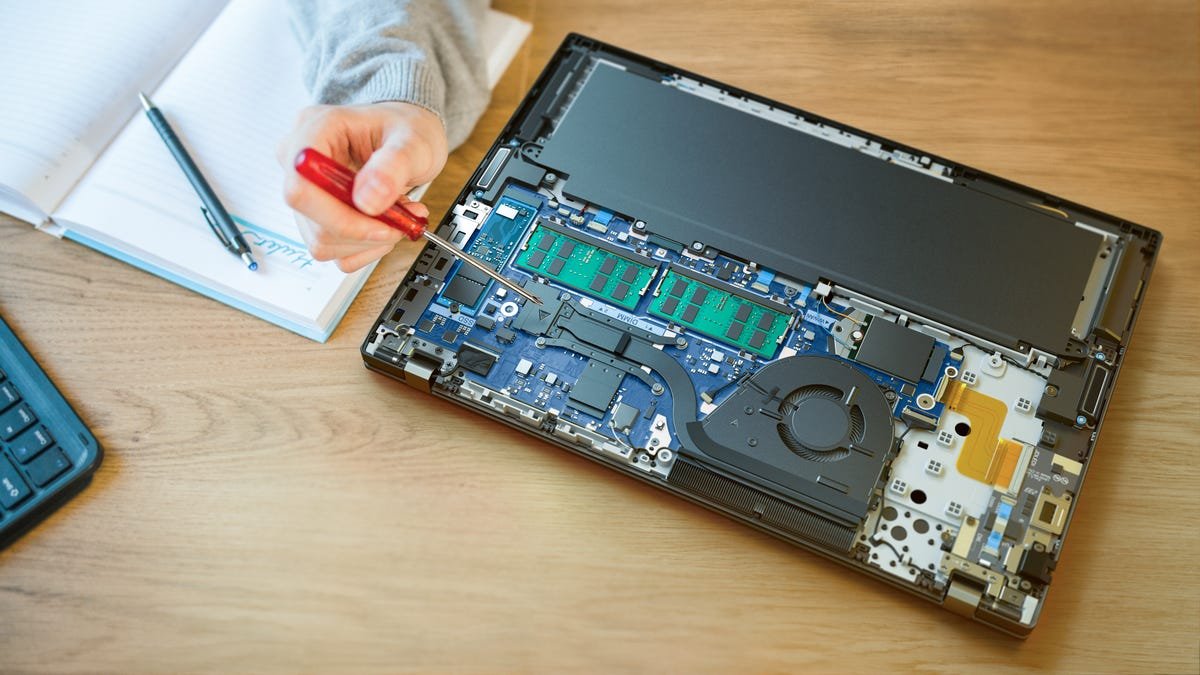In the basement of a luxurious Barcelona hotel, I find myself a few feet away from Lenovo’s transparent laptop concept, unveiled at this year’s Mobile World Congress. Despite the showstopper in front of me, my focus remains on the familiar ThinkPad T14 that I am currently fixing.
As I disassemble the laptop, removing the keyboard and dismantling its internals, I realize the importance of repairability in electronic devices. Companies like Lenovo are now prioritizing making their products easier to repair, extending their lifespan and reducing electronic waste.
With the rise of right-to-repair legislation and the advocacy of groups like iFixit, the tech industry is slowly shifting towards more repairable products. Companies are starting to recognize the value of partnerships with organizations like iFixit to create products that are not only environmentally friendly but also consumer-friendly.
As I meticulously reassemble the ThinkPad, I appreciate the ease and speed at which the repair was carried out. The ability to tinker and repair our own devices is essential in ensuring a sustainable consumer electronics industry.
Overall, the push towards repairability in the tech industry is gaining momentum, with companies like Lenovo and HMD leading the way. As consumers prioritize sustainability and longevity in their products, repairable devices are becoming increasingly desirable and accessible.





